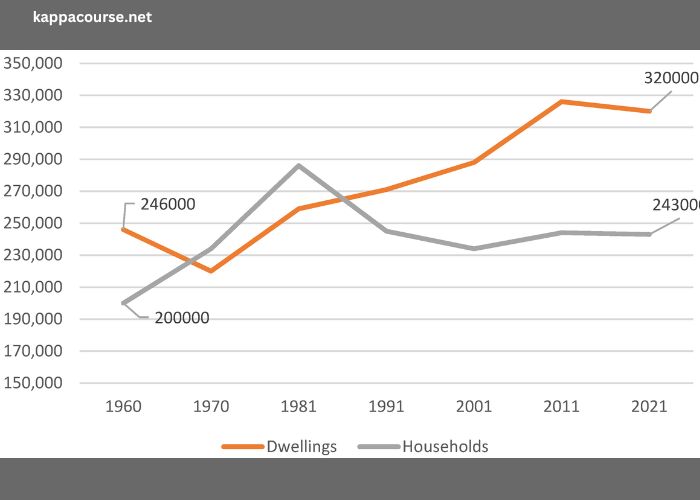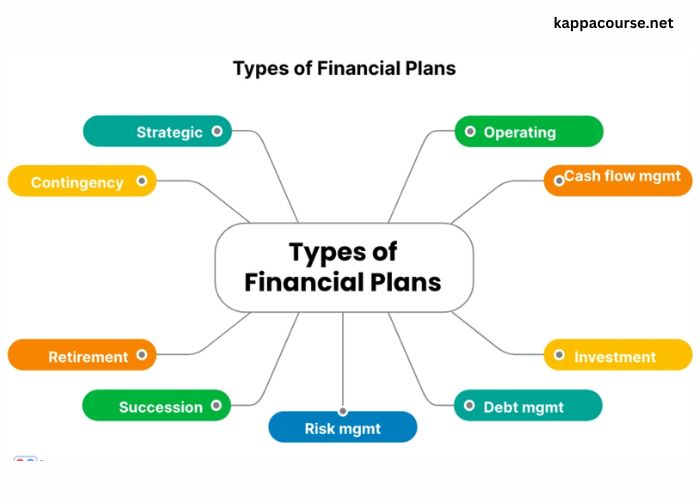Financial prosperity is a goal that many people aspire to achieve. Whether it’s for retirement, purchasing a home, starting a business, or simply enjoying a worry-free lifestyle, smart financial planning and investing can pave the way to a more secure future. In this comprehensive guide, we’ll explore the key principles and strategies for investing in your future to attain financial prosperity.
The Importance of Financial Planning
Before delving into the specifics of investing, it’s essential to emphasize the significance of financial planning. Without a clear financial roadmap, your investments may lack direction and purpose. Here are some critical aspects of financial planning to consider:
Setting Clear Goals
Define your financial goals clearly. These could include short-term objectives like paying off debt or saving for a vacation, as well as long-term goals such as retirement or buying a home. Your goals will influence your investment strategies.
Budgeting and Saving
Creating a budget helps you understand your income, expenses, and how much you can save or invest. A well-structured budget is the foundation of financial planning.
Emergency Fund
Before you start investing, ensure you have an emergency fund with three to six months’ worth of living expenses. This fund acts as a safety net in case of unexpected financial setbacks.
Debt Management
High-interest debt can erode your financial health. Prioritize paying off debts, especially those with high interest rates, before focusing on investments.
Investing Basics
Investing involves putting your money to work to generate returns over time. Here are the fundamental concepts you need to understand:
Risk and Return
All investments come with some level of risk. Generally, higher-risk investments have the potential for higher returns, but they also carry a greater chance of losing money. Lower-risk investments, like government bonds, offer more stability but may have lower returns.
Asset Classes
There are various asset classes to consider, including stocks, bonds, real estate, and commodities. Diversifying your investments across different asset classes can help spread risk.
Time Horizon
Your investment horizon refers to how long you plan to invest your money before needing it for your financial goals. Generally, a longer time horizon allows for more aggressive investment strategies.
Compound Interest
Compound interest is the magic ingredient in wealth accumulation. It allows your investments to grow not only based on your initial contribution but also on the returns generated from that contribution over time.
Investment Vehicles
Once you’ve grasped the basics, it’s time to explore the various investment vehicles available:
Stocks
Investing in stocks means buying shares of a company’s ownership. Stocks have the potential for high returns but also come with greater volatility. Diversifying your stock investments across different industries can mitigate risk.
Bonds
Bonds are essentially loans you provide to governments or corporations in exchange for periodic interest payments and the return of the bond’s face value at maturity. Bonds are generally considered lower risk than stocks but offer lower potential returns.
Real Estate
Real estate investment involves purchasing properties for rental income or capital appreciation. It’s a tangible asset that can provide both income and long-term value growth.
Mutual Funds
Mutual funds pool money from multiple investors to invest in a diversified portfolio of stocks, bonds, or other assets. They offer diversification and professional management but come with fees.
Exchange-Traded Funds (ETFs)
ETFs are similar to mutual funds but trade on stock exchanges like individual stocks. They provide diversification and typically have lower expense ratios than mutual funds.
Retirement Accounts
Utilize tax-advantaged retirement accounts like 401(k)s and IRAs to save for retirement. These accounts offer tax benefits and can include a range of investment options.
Savings Accounts and Certificates of Deposit (CDs)
While not known for high returns, savings accounts and CDs are low-risk options for preserving capital. They are suitable for emergency funds or short-term savings goals.
Strategies for Financial Prosperity
Now that you have a grasp of the investment landscape, let’s dive into strategies that can help you achieve financial prosperity:
Diversification
Diversifying your investments across different asset classes and within each class helps spread risk. A diversified portfolio is less susceptible to the poor performance of a single investment.
Dollar-Cost Averaging (DCA)
DCA involves regularly investing a fixed amount of money, regardless of market conditions. This strategy can help reduce the impact of market volatility on your investments over time.
Long-Term Investing
The power of compounding is most effective over the long term. Patience and discipline are essential when investing for financial prosperity. Avoid the temptation to make frequent changes to your portfolio based on short-term market fluctuations.
Risk Tolerance Assessment
Understanding your risk tolerance is crucial. Your risk tolerance should align with your investment goals and your ability to withstand market fluctuations. A financial advisor can help assess your risk tolerance.
Regular Review and Adjustment
Periodically review your investment portfolio to ensure it aligns with your goals and risk tolerance. Rebalance your portfolio if necessary to maintain your desired asset allocation.
Tax-Efficient Investing
Consider the tax implications of your investments. Tax-efficient strategies can help you keep more of your investment returns. Utilize tax-advantaged accounts and consult with a tax professional if needed.
Professional Advice
If you’re unsure about your investment strategy, consider seeking advice from a certified financial advisor. They can provide personalized guidance based on your financial situation and goals.
Retirement Planning
One of the most critical financial goals for many individuals is retirement. Achieving financial prosperity in retirement requires careful planning and disciplined investing. Here are key considerations:
Early Planning
The sooner you start saving for retirement, the more time your investments have to grow. Even small contributions made early can have a significant impact.
Employer-Sponsored Plans
Take advantage of employer-sponsored retirement plans like 401(k)s, especially if your employer matches contributions. This is essentially free money for your retirement.
Individual Retirement Accounts (IRAs)
Consider opening an IRA to supplement your employer-sponsored plan. Traditional IRAs offer tax-deferred growth, while Roth IRAs provide tax-free withdrawals in retirement.
Estimate Retirement Expenses
Determine how much income you’ll need in retirement by estimating your future expenses. This includes housing, healthcare, transportation, and leisure activities.
Social Security
Understand how Social Security benefits work and factor them into your retirement income calculations. Delaying the start of Social Security benefits can result in higher monthly payments.
Healthcare Planning
Consider the cost of healthcare in retirement. Medicare typically covers some expenses, but you may need additional coverage through Medigap or Medicare Advantage plans.
Real Estate Investment
Real estate can be a valuable component of your investment portfolio and a means to financial prosperity. Here’s how to approach real estate investment:
Property Selection
Choose properties based on location, potential for appreciation, and rental income. Conduct thorough research before purchasing, and consider working with a real estate agent.
Financing
Explore different financing options, such as mortgages, to fund your real estate investments. Be mindful of interest rates and loan terms.
Property Management
If you’re investing in rental properties, be prepared for the responsibilities of property management. This includes maintenance







